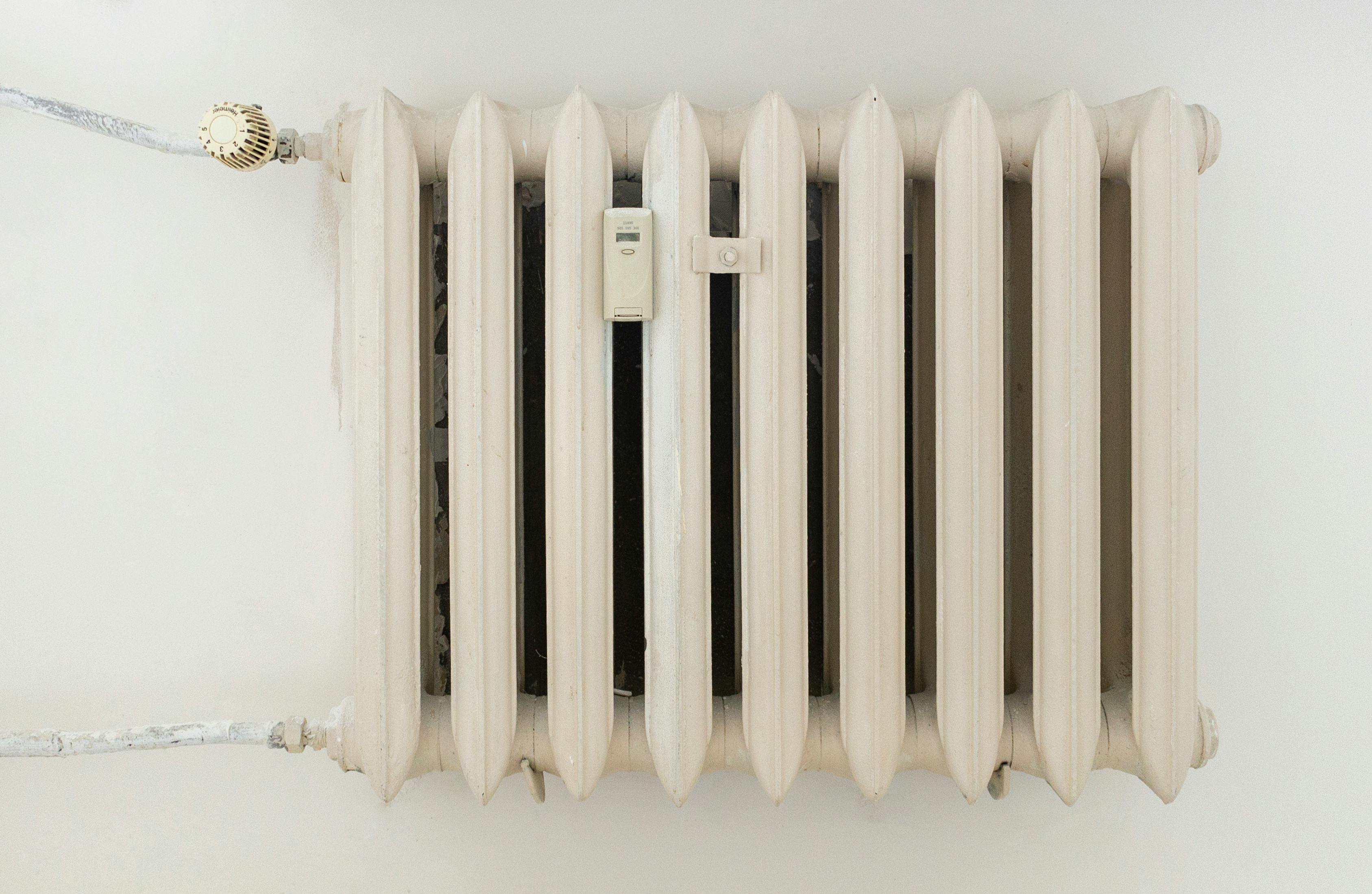What To Know About Indoor Home Heaters This Winter
Indoor home heaters have become essential components of modern living spaces, providing warmth and comfort during colder months. As technology advances and energy efficiency becomes increasingly important, understanding the various heating options available can help homeowners make informed decisions. This comprehensive guide explores the fundamental aspects of indoor heating systems, including their types, costs, benefits, and practical applications for residential use.

Winter heating costs can significantly impact household budgets, making the selection of appropriate indoor heating systems more important than ever. With energy prices fluctuating and new technologies emerging, homeowners face numerous choices when upgrading or supplementing their primary heating sources.
Indoor Home Heaters Buying Guide
Selecting the right indoor heater requires evaluating room size, insulation quality, and heating frequency. Central heating systems work best for whole-house warming, while portable units excel in targeted heating applications. Consider the square footage coverage, with most portable heaters effectively warming spaces between 150-400 square feet. Installation requirements vary significantly, from plug-and-play portable models to systems requiring professional installation and electrical upgrades.
Heater types include convection models that circulate warm air, radiant heaters that warm objects directly, and combination units offering both heating methods. Each type performs differently based on room layout, ceiling height, and usage patterns.
Energy Efficient Indoor Heaters for Home Use
Energy efficiency ratings help determine long-term operating costs and environmental impact. Look for ENERGY STAR certified models, which typically use 10-20% less energy than standard alternatives. Heat pumps offer exceptional efficiency in moderate climates, providing up to three times more heating energy than the electricity they consume.
Programmable thermostats and smart controls reduce energy waste by maintaining optimal temperatures only when needed. Zoned heating systems allow targeted warming of occupied areas, potentially reducing overall energy consumption by 20-30% compared to heating entire homes uniformly.
Portable Electric and Smart Home Heating Solutions
Portable electric heaters provide flexibility and convenience for supplemental heating needs. Modern units feature advanced safety mechanisms including tip-over protection, overheat shutoffs, and cool-touch exteriors. Smart heaters integrate with home automation systems, enabling remote control, scheduling, and energy monitoring through smartphone applications.
Wi-Fi enabled models allow temperature adjustments from anywhere, while some units learn usage patterns to optimize heating schedules automatically. Voice control compatibility with Amazon Alexa and Google Assistant adds convenience for hands-free operation.
How to Choose Safe and Effective Indoor Heating Systems
Safety certifications from UL (Underwriters Laboratories) or ETL ensure products meet rigorous testing standards. Essential safety features include automatic shutoff mechanisms, stable bases to prevent tipping, and adequate clearance requirements from combustible materials. Carbon monoxide detectors become critical when using fuel-burning heating systems.
Effectiveness depends on matching heater capacity to space requirements. Oversized units waste energy and create uncomfortable temperature swings, while undersized heaters struggle to maintain comfortable conditions. Professional load calculations help determine appropriate sizing for permanent installations.
Home Heating Options and Maintenance Tips
Regular maintenance extends equipment life and maintains efficiency. Replace or clean filters monthly during heating season, inspect ductwork for leaks, and schedule annual professional inspections for gas-powered systems. Portable heaters require periodic cleaning of intake grilles and heating elements.
Seasonal preparation includes testing safety features, checking electrical connections, and ensuring adequate ventilation around heating equipment. Store portable units properly during off-seasons to prevent damage from moisture or pests.
| Heater Type | Provider | Cost Estimation |
|---|---|---|
| Portable Electric | Lasko, Honeywell | $30-$200 |
| Smart Heaters | Dyson, De’Longhi | $150-$500 |
| Heat Pumps | Carrier, Trane | $3,000-$8,000 |
| Gas Furnaces | Lennox, Rheem | $2,500-$6,000 |
| Radiant Floor | Warmly, ThermoSoft | $8-$15 per sq ft |
Prices, rates, or cost estimates mentioned in this article are based on the latest available information but may change over time. Independent research is advised before making financial decisions.
Choosing appropriate indoor heating solutions requires balancing initial costs, operating expenses, and comfort requirements. Energy-efficient models may cost more upfront but provide long-term savings through reduced utility bills. Professional consultation helps ensure proper sizing and installation for optimal performance and safety throughout winter months.




